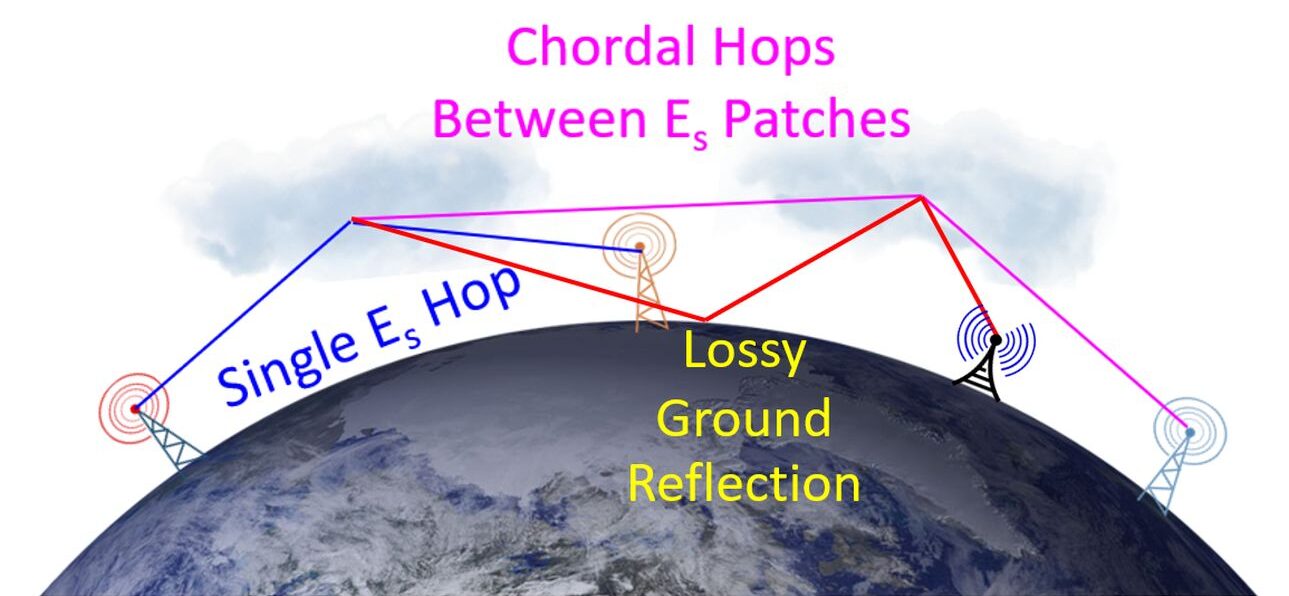Why is 6 Meter the Magic Band Sometimes Called the Tragic Band?
Why is 6 Meter the Magic Band Sometimes Called the Tragic Band?
I had discussed earlier on why 6 meter is called the magic band. While you can predict signal paths on HF by your knowledge of greyline propagation, summer and winter long paths and by software support like VOACAP (Voice of America Coverage Analysis Program). But on 6 meter it is pure magic, we never know when some paths will open and when some will not. In fact when the digital mode FT8 which is now popular on HF was created by Joe Taylor, K1JT and Steve Frank K9AN, it was described as being designed for multi-hop Es on 6 m, where signals may be weak and fading, openings may be short and there is a need for fast completion of reliable and confirmable QSOs. Es means E sporadic, in sporadic E propagation, which can be between regions of sporadic E layer ionization patches or between the sporadic E patches and the ground. Multiple Es hops are expected to weaken the signal and hence the reason for initially proposing FT8 for 6 m multi-hop Es propagation.

Now why is 6 meter sometimes called the tragic band as well? That is because 6 meter being a VHF line of sight propagation frequency, if none of the special propagations liked Sporadic E, Transequatorial Propagation, Tropospheric scatter and Aurora scatter are available, the band can be quiet for months at a time. In fact, that is what I also found while trying to monitor 6 m using some of the few WebSDRs out there which cover that band.
Having said that, in places where there are 6 m repeaters, the magic and tragic may not be there. KL7JEF (Old callsign KB1SYV) maintains a page on QSL NET listing 6 m repeaters. None of them seems to be linked to Echolink. All of them have 1 MHz negative shift. While some of them have Tone Squelch, most seem to have Private line, which I do not know what it is. There are about 60 repeaters in the list. Another list of Southern CaliforniaOpen 6m FM Voice Repeaters is also there. Those 6 m repeater inputs are mentioned as -500 kHz. There seems to be twentyone 6 m repeaters in the United Kingdom as indicated by a Google Search result. But the actual page is beyond a firewall which cannot be accessed from my region. I wonder if anyone located in regions beyond the usual line of sight of the 6 m repeaters have been able to access them by the magic properties of the 6 m band!
There are also rare hams out there who have quadbander hand held radios which have 6 m band along with 2 meters, 440 MHz, and 1.2 gigahertz bands.